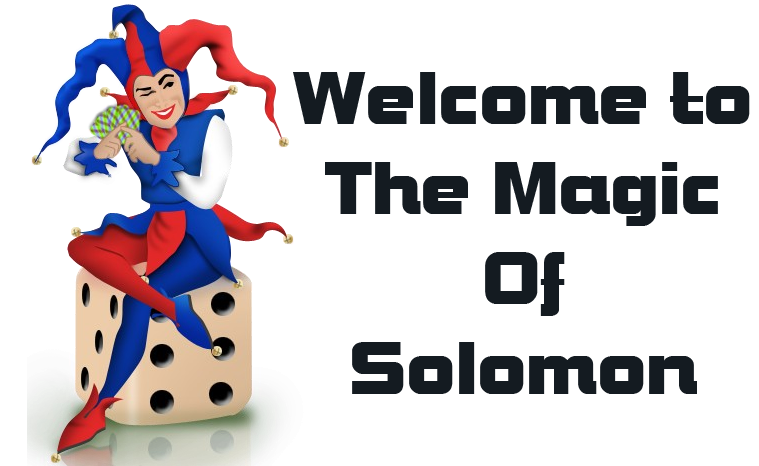The Paper Tear is something magicians came up when they discovered they got little audience reaction by just tearing up a sheet of paper, then restoring it to one piece.
Originally a long, narrow strip of paper was torn to pieces, then magically restored to one long strip. The magician performed this at his finger tips, his open palms towards the spectators. Performed in an artistic fashion the effect is quite mysterious.
Once the premise and method got out, magicians started tearing up larger sheets of tissue paper and eventually moved on to newspaper as the preferred object of destruction and restoration. The method involved was varied, made more complicated, and very often resulted in the restored paper displayed with either severe wrinkles, creased fold lines, or both.
While this was going on, a second avenue of effect and method was pursued. At first it was called the Chinese Laundry Ticket, a strip of paper printed with faux calligraphy. The original thumb tip was abandoned, instead the restore paper was just crushed into a ball and stuck to one end of the back of the paper first shown. The visible strip was torn up and crumpled into a ball, then the restore paper was opened out, the torn stock ball hidden at one end on the upstage side.
While this can play fairly convincingly in the right hands, in most cases they weren't and it didn't. So magicians cast about for some way of performing the effect that required even less skill and presentational abilities. The result seems to have been the paper tear.
Generally the paper tear starts with two sheets of paper, often of contrasting colors. These are put together, torn up and when opened out the magician displays a paper hat or paper lingerie or other object which evades rational explanation. At this point magicians were quite pleased with the result. The method was the same as the laundry ticket, the ending was built in, no skill was required and if the audience just sat there blinking at the non-sequitur ending, at least it was an ending.
Although the original torn and restored paper strip effect did not feature a wrinkled strip of paper as a finish, all subsequent versions were unable to avoid the fact that the magician couldn't magic away the wrinkles, which out front more or less gives away the trick. Those interested in all this should work the original two papers, one thumb tip version to discover why it creates a better illusion than what followed.
And, yes, this does mean that some magic tricks or knock offs of magic tricks exist for no good reason, even if that fact hasn't occurred to the magicians performing them.
Yours Magically
Solomon
Interested to learn magic for fun or profit? Would you like to hire a magician, hypnotist or an emcee for your event? Visit www.themagicofsolomon.com for more info..
